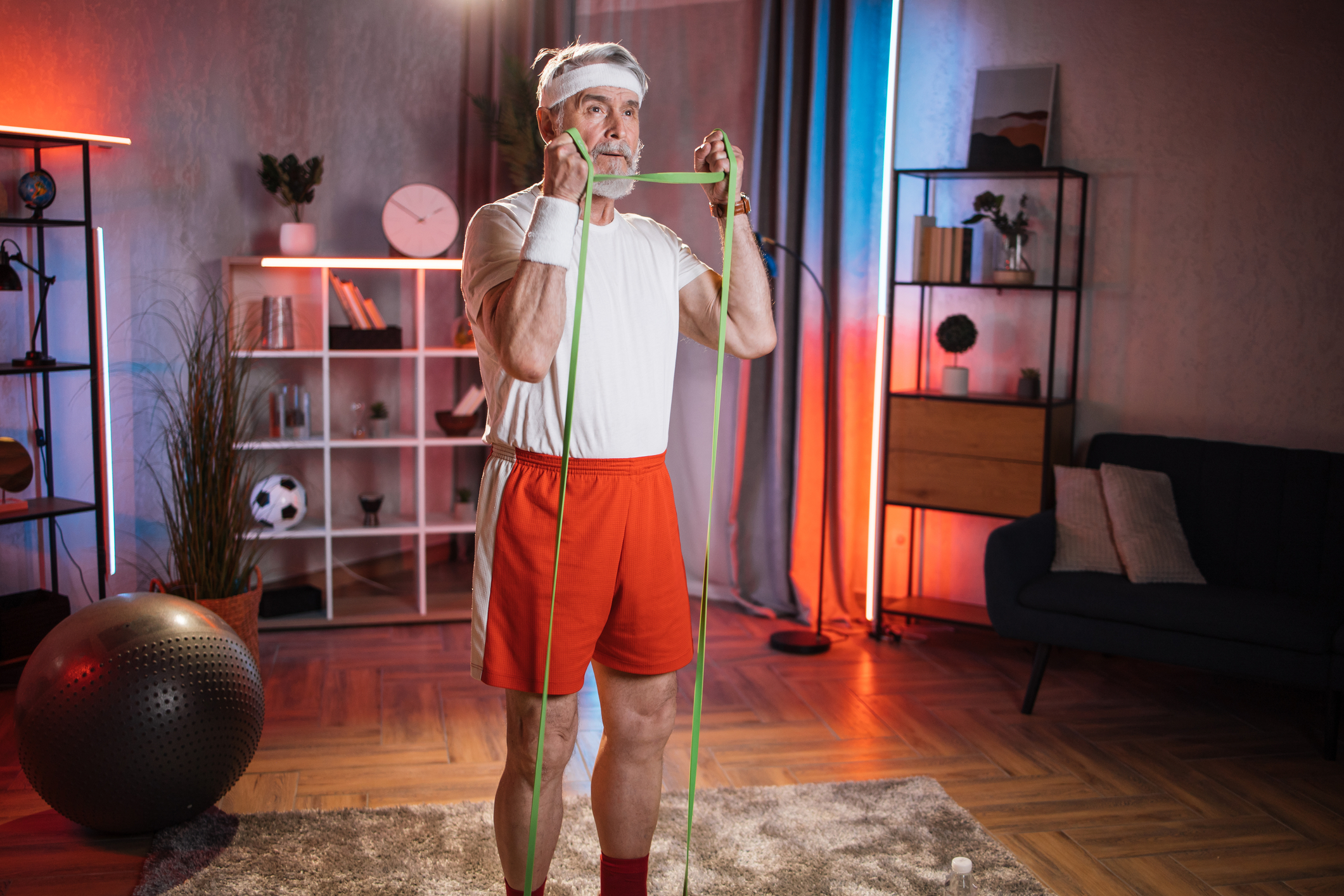Empowering Graceful Aging: The Top 5 Low Impact Strength Training Techniques for Seniors
The golden years should not be dotted with restrictive physical capabilities but rather be characterized by maintaining vitality and wellness even as we age. This is precisely where the importance of including low-impact strength training exercises for seniors comes into the picture. These exercises help improve muscle mass, balance, coordination, flexibility, and overall quality of life.
The human body's muscle mass naturally begins to decline past the age of 30. If not proactively addressed, it can lead to sarcopenia, a condition characterized by drastic muscle loss with age, restricting one's mobility and independence. Low impact strength training can play a pivotal role in counteracting this decline.
It's important to note that 'low impact’ doesn’t inherently mean 'low intensity'. These exercises can still induce significant improvements in strength and cardiovascular health without causing undue stress on the joints, making them highly suitable for older adults.
While strength training, it is also essential to focus on technique rather than brute force, minimizing the risk of injury, ensuring the exercises are low impact, and aimed at improving strength and health.
Resistance Band Exercises

One of the most useful tools in low impact strength training is the use of resistance bands. These bands provide muscle-strengthening benefits and are remarkably gentle on the joints. Over time, regular use of resistance bands can improve muscle tone, endurance, and flexibility.
Some effective exercises seniors can do with resistance bands include band pull apart, seated row, bicep curls, and leg press. These exercises, when done correctly, can work on various muscle groups at once, promoting a balanced workout.
It's important to start with a lower resistance and gradually increase the intensity as one's strength improves. The elasticity of the bands provides a continuous resistance that works your muscles adaptively, facilitating smoother movement transitions and lessening the probability of injury.